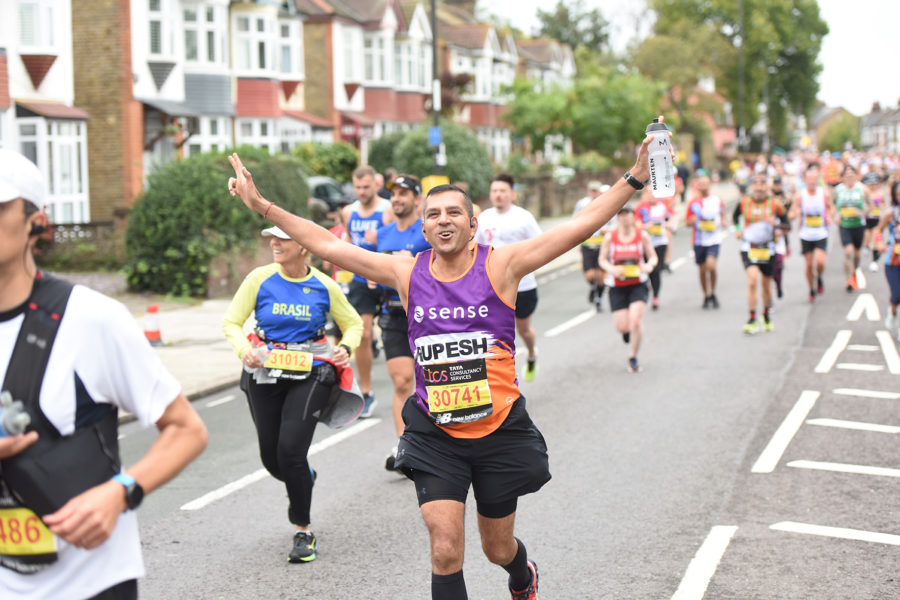Marathon training: Threshold and Long Runs
The key to great training
The key to getting training right is to hit the right effort levels. If we were to ask you to run sessions at a particular pace for your sessions, the chances are that you will be working too hard, especially when you take into consideration that the weather might be terrible with a strong head wind, you might be running over a hilly or undulating route, you might not have slept well the night before or be feeling stressed through work, or you may not be properly hydrated or have eaten properly. All this things and more play a big role in how fast you are going to run on a given day. By running to a perceived effort level, we’ll take these variables out, and you will always be working at the right level for the session. Do this and the paces will come as your training progresses, and we’ll avoid over training.
Threshold running is such a key part of marathon training. I can’t stress enough how much you will get from this type of running session.
This session will develop your Speed Endurance, your ability to run fast for an extended period of time. The Threshold we are working at is your Lactate Threshold, the point where you body is able to use Lactate as fuel and can clear out acid that’s created as a by-product of running hard.
As you go through the session, your legs are going to feel like they are getting heavier, but you should finish feeling like you could do a bit more if forced. If you are on the floor in a heap afterwards, you’ve gone too hard.
Threshold running
During the session you’ll have intervals of running at Threshold followed by a short (60 to 90 seconds) recovery. During the recovery you want to keep moving, either with a walk or a very easy jog. This recovery helps us just bring the blood lactate level down, and the quality will be kept up within the workout.
- You may not get it right first time round but keep trying and after a few weeks or so, you’ll notice a huge difference.
- Not only will your easy runs feel easier and faster, but you’ll be finding the threshold sessions themselves more manageable too.
- Marathon training is NOT all about the Long Run! The long run is our other pillar of marathon training, but don’t become obsessed by it and let it rule your life.
For now, the long run should be totally conversational (after 90 minutes of running, you might not feel like talking, but you should still be able to!). If this means you need to take regular walk breaks, then take regular walk breaks. There is nothing wrong with that and it can really help keep control of the effort level and also reduces the impact going through the legs to allow you to run further for longer.
Steady pace
As we progress during the marathon cycle, the long run will also progress. Once you get over 2 hours, the effort level is more of easy / steady, because after 2 hours of running, it never feels easy! We will also add in some marathon pace blocks in the long run, so you can practice running your race day pace on tired legs, this way we can mimic the marathon fatigue as best as possible without taking your training too far.
Don’t go too far!
Be wary of running too far in your long runs, there is no scientific evidence that you need to run 20 miles in training, don’t go sign up for your local 20 mile race unless you think you’ll be ready to run it. After 3hrs of running (or close to it) we enter a period of negative returns. Yes you’ll get fitter from running that sort of time but the recovery required afterwards will take so much out of you that you won’t get a good week (or longer) of training in. Remember, endurance training is about consistency week on week, and not one good long run.
On the day
The only day we need to get you in shape to run 26.2 miles is April 22nd. With your taper, the atmosphere on the day (it is very different running with 40,000 other people and crowds 5 – 6 deep for the whole marathon) so don’t worry if your long run feels tough and you can’t imagine doing another 8 or so miles after doing 18 in training, that is normal and what we are looking for. Training should take you to the edge of fatigue, as then you’ll get a chance to recover, get stronger and do it all again!
Got questions?
Our friendly team would be happy to help. Get in touch with the team by emailing [email protected].

